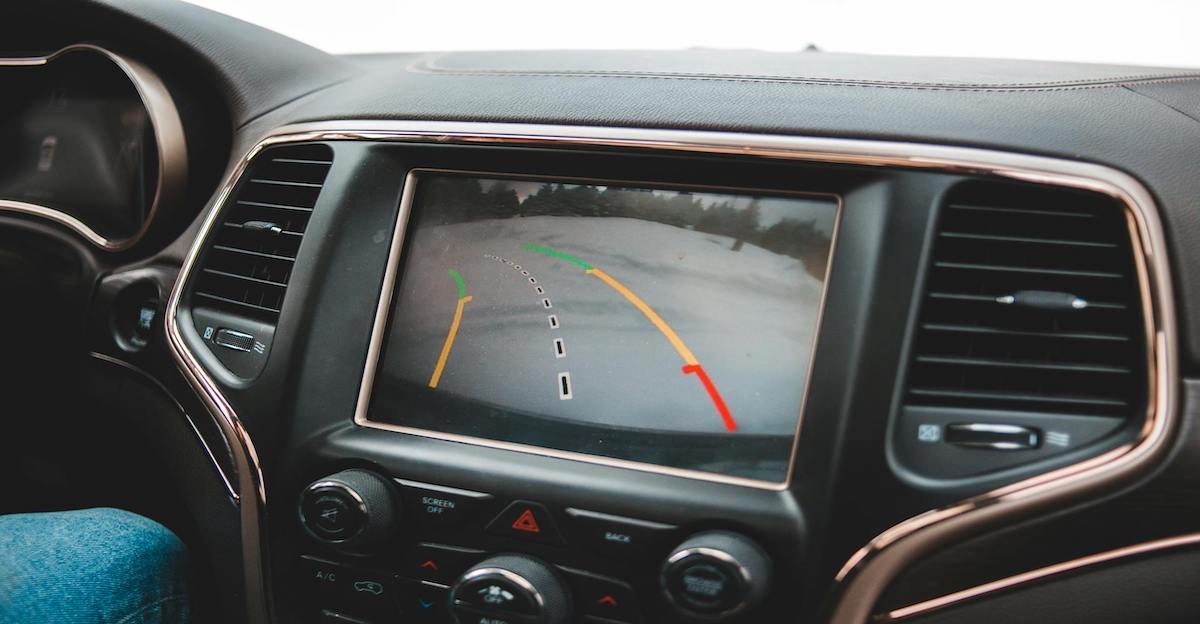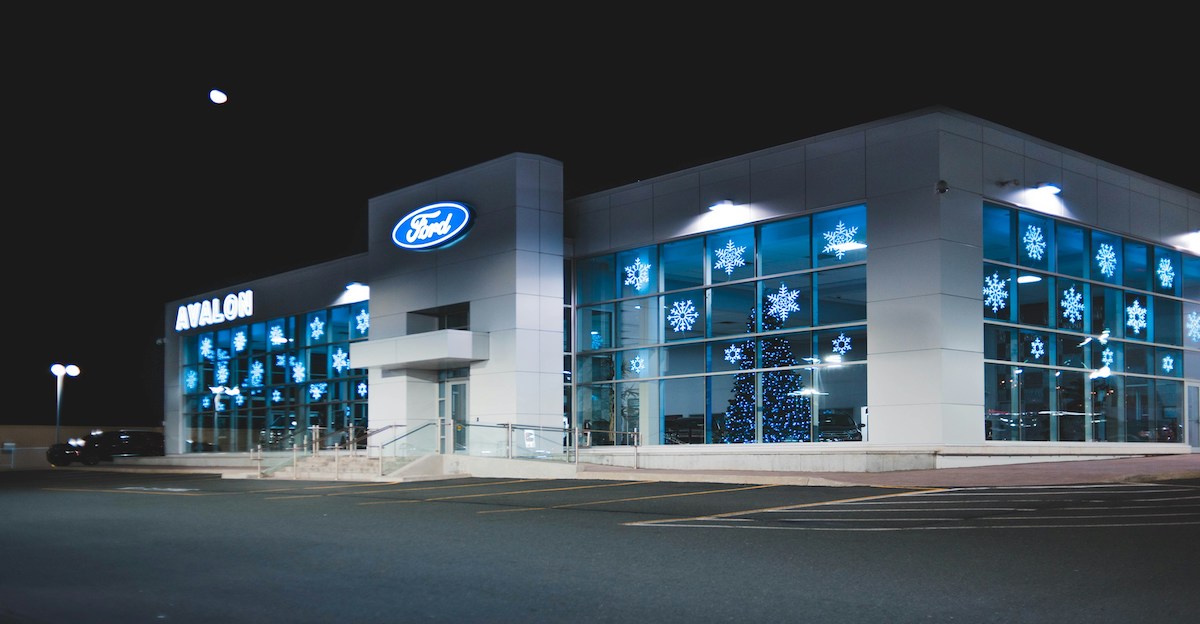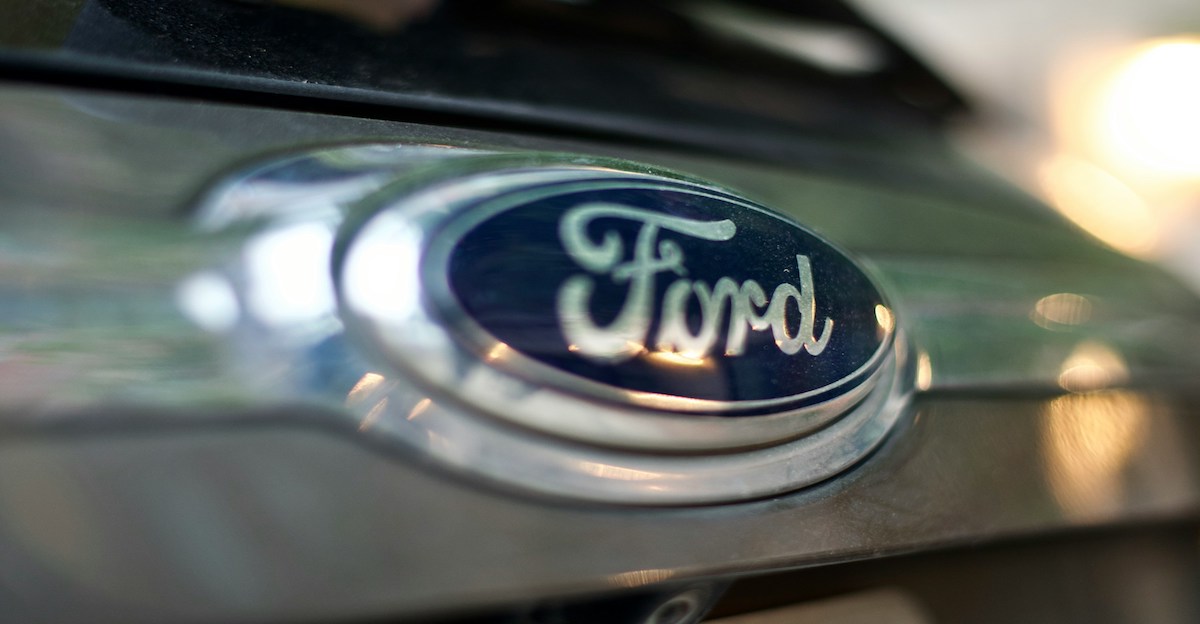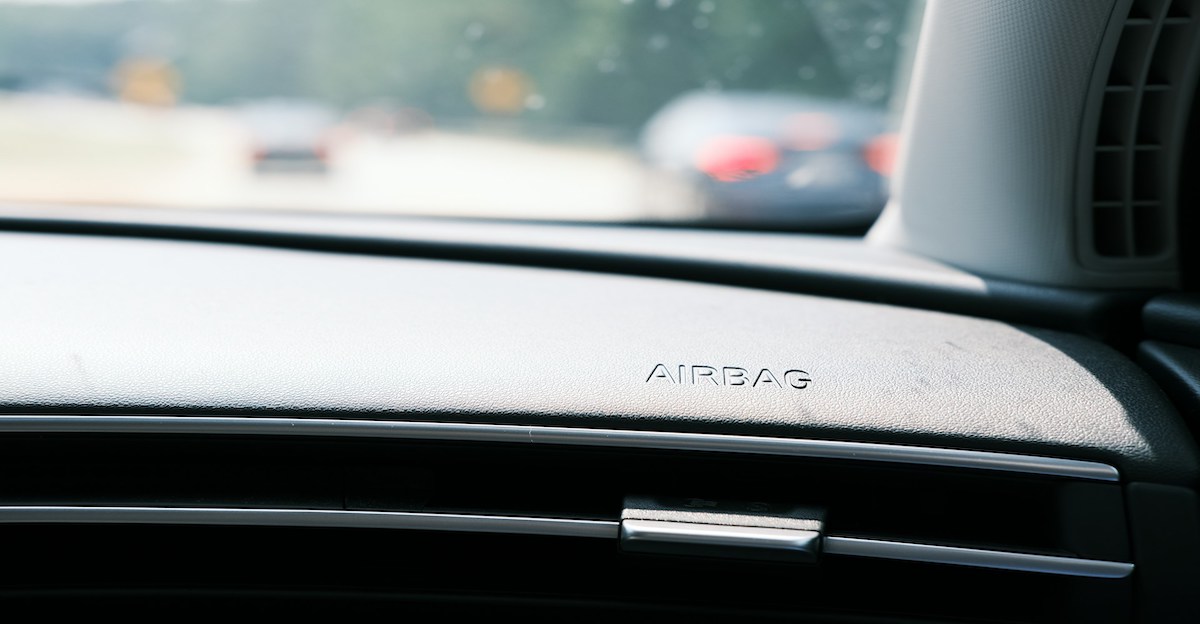
Ford has initiated an emergency recall of over 200,000 vehicles due to a serious safety defect. The issue lies in the rearview camera software: after shifting out of reverse, the camera image can go blank or freeze, depriving drivers of a crucial rearward view. Federal safety regulators say this failure “increases the risk of a crash.”
Affected models span Ford and Lincoln brands – including 2020–2024 Explorers and Lincoln Aviators – and Ford says dealers will install a free software update to fix the glitch. NHTSA says the rapid recall highlights how a small software bug can become a major hazard.
Why It’s Happening

Investigators found that a software bug in Ford’s infotainment system is to blame. The recall notice explains that under certain conditions, the rearview camera will display a blank or frozen image while the vehicle is in reverse. In other cases, the image remains on screen even after shifting into drive, distracting the driver. In both scenarios, the driver lacks an accurate rearward view or is looking at a stale image. U.S. safety officials confirm that either failure mode “increases the risk of crashes,” which is why the defect was reported as an emergency recall.
Impact on Drivers and Dealerships

For owners, the recall means a trip to the dealer. Ford will send notice letters by late July and ask customers to bring their vehicles in for the free software update. That will put extra demand on dealership service centers, which must schedule roughly 200,000 reprogramming jobs – a strain on technicians’ time and parts inventory.
In the meantime, drivers of affected Explorers, Aviators and other models must compensate for the glitch. Until the fix is installed, they’ll need to rely on side and rearview mirrors and back up slowly, since the camera may not show what’s behind the vehicle.
How Ford’s Brand Trust May Be Affected

High-profile recalls tend to dent brand reputation, and this one could erode some Ford goodwill. Research shows that product recalls can lead to long-term reputational damage and diminished consumer trust.
Even though Ford is addressing the issue at no cost, many drivers will remember that a key safety feature – the backup camera – failed. How Ford communicates about the recall and executes repairs will influence recovery. But for now, the company may face skepticism as buyers wonder if more software bugs lurk in their vehicles.
The Challenge for Tech-Heavy Carmakers

This incident underscores the growing pains of “software-defined” vehicles. Industry analysts note that software-related issues have jumped sharply in recalls: only about 5% of recalls mentioned software decades ago, but that share approached 15% by 2023. Legacy automakers like Ford must overhaul development and testing to keep pace.
The Explorer/Aviator recall shows the tradeoff of high-tech features: more computer code means more potential faults. Ford and others will need stronger software validation processes and over-the-air update systems to prevent future mass recalls caused by coding errors.
Insurance Implications

Insurers are taking note of such software-driven safety failures. If an unpatched camera bug causes a crash, drivers would file claims as usual, but insurers might then seek recovery from Ford. Generally, a recall itself doesn’t immediately raise premiums, as long as owners comply with repairs, but multiple high-risk defects can change the underwriting calculus.
A recall of this magnitude brings “legal accountabilities, regulatory scrutiny” for the maker, meaning Ford could face liability for crash costs. In practice, carriers may soon consider a vehicle’s recall history when setting rates, and they may require proof of updates as a condition of coverage.
Pressure on Lawmakers

This event adds fuel to ongoing debates in Washington about car software safety. Federal regulators have already been prodded by lawmakers to improve oversight of connected vehicles. For example, U.S. Senators Markey and Blumenthal have asked NHTSA to determine whether it can require automakers to publicly disclose over-the-air safety fixes. With recall counts near record highs, Congress may respond with legislation.
Potential measures include stricter software testing standards, requirements for faster recall completion, or tying vehicle registration to recall compliance. The Ford camera recall could serve as a concrete case study in hearings on automotive software regulation.
Consumer Skepticism of Connected Systems

Public wariness of driver-assist technology is likely to increase. Surveys consistently show that consumers are cautious about self-driving features, and safety scares amplify that distrust. When drivers hear about recalls like Ford’s, they may be less inclined to rely on backup cameras, blind-spot warnings or other high-tech aids. Some may even disable systems or defer purchasing such features.
Experts warn that each glitch undermines the perception of reliability in vehicle software, slowing the adoption of advanced safety technology unless confidence is rebuilt.
What to Do Now

Owners of affected models should schedule the recall repair right away. Ford will mail notices and instruct dealers to apply the software patch at no charge. Until the update is installed, drivers should exercise extra caution when reversing: use mirrors, look over their shoulders, and proceed slowly since the camera image may fail.
Vehicle owners can check their recall status on the NHTSA website or contact Ford’s hotline (1-866-436-7332) referencing recall 25S72. Get the fix was done promptly to restore normal backup-camera operation and eliminate the increased crash risk.
Safety and Accountability

In the long run, this recall may prompt lasting changes in auto safety. It highlights that software errors are now treated like mechanical defects. NHTSA explicitly states it still has “full defect, recall, and enforcement authority” over automated vehicle systems. That means automakers must meet the same safety standards for code as for brakes or airbags. The Ford case could spur stronger in-house software testing, more rigorous certification of updates, and perhaps new regulations on vehicle software quality.
Ultimately, by showing how a few lines of code can endanger drivers, the recall reinforces that manufacturers are fully accountable for all safety failures, digital or physical.
